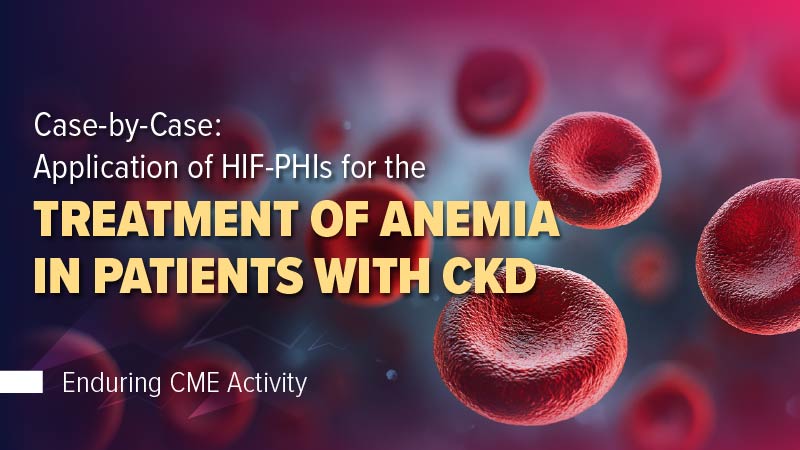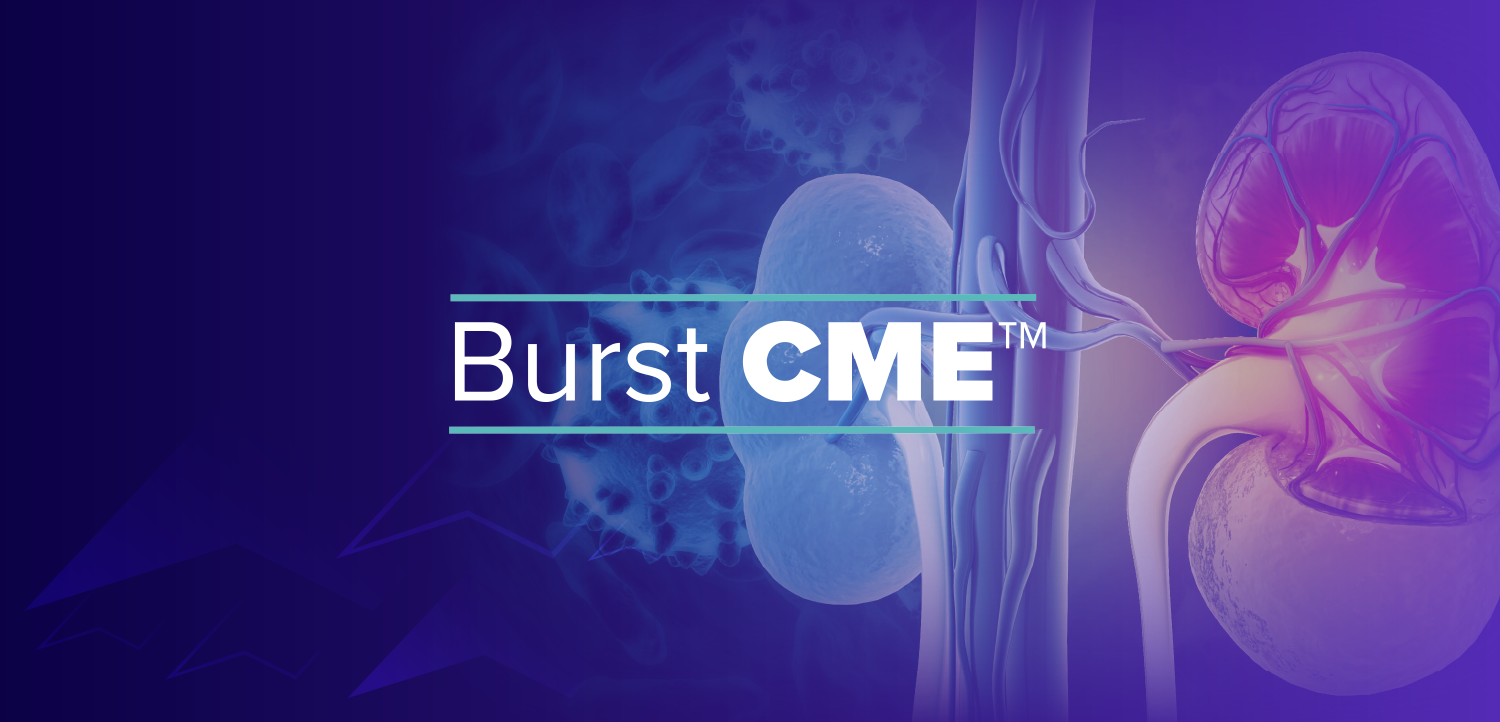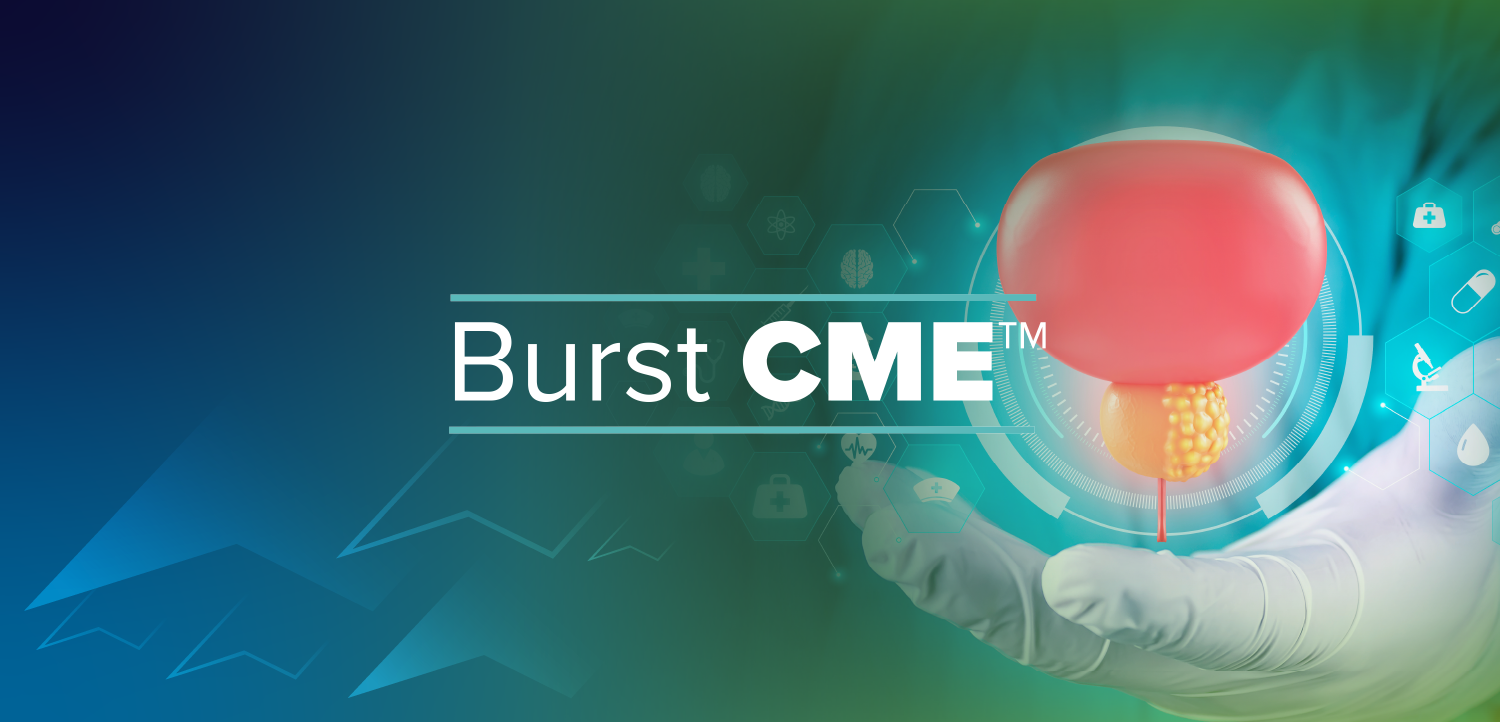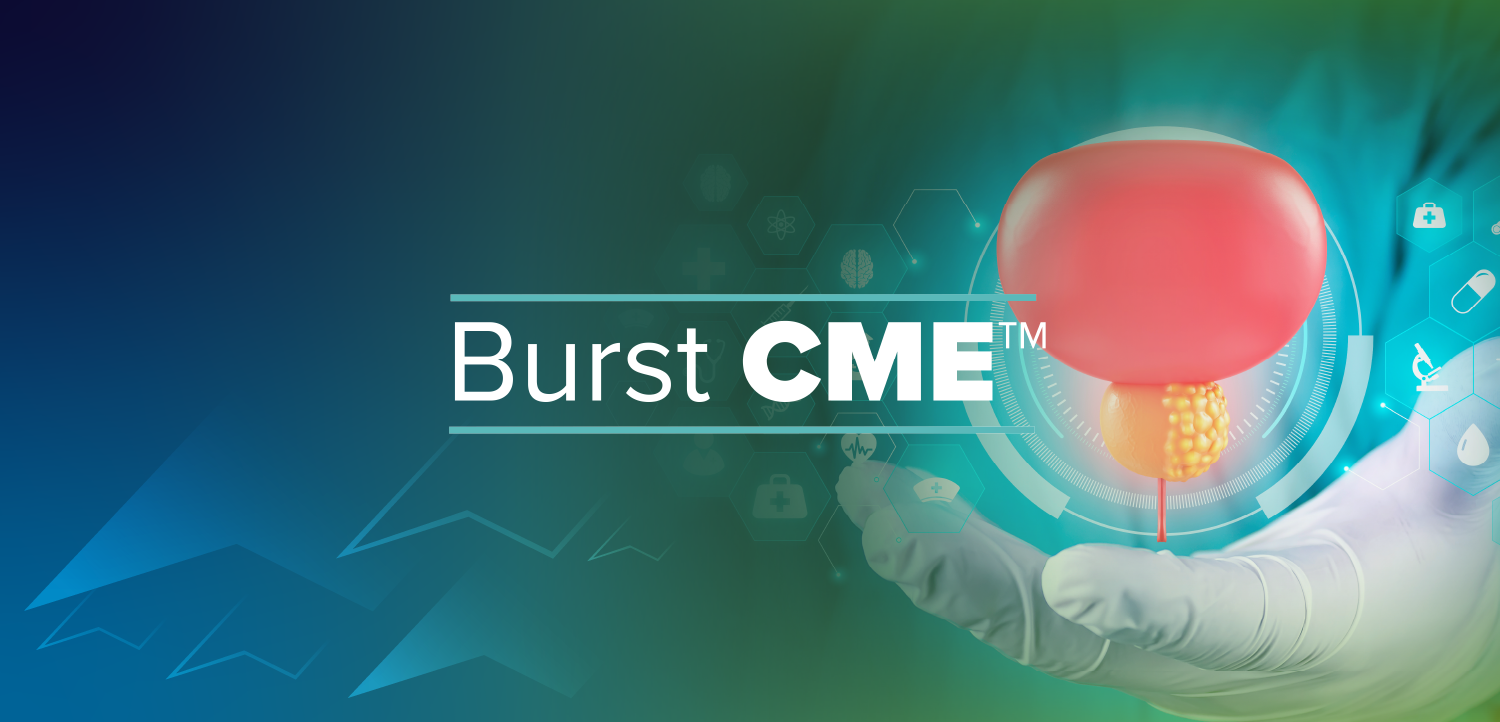
- Vol 53 No 04
- Volume 53
- Issue 04
Radioligand therapy shows promising safety in patients with mCRPC
Key Takeaways
- Lutetium (177Lu)-rhPSMA-10.1 showed favorable tumor-to-organ radiation dose ratios in mCRPC patients, indicating potential for improved radioligand therapy outcomes.
- The mean absorbed radiation dose to tumors was 8.9 Gy/GBq, significantly higher than doses to kidneys and salivary glands.
The mean absorbed radiation dose to tumors was 8.9 Gy/GBq, compared with 0.27 Gy/GBq in the kidneys and 0.13 Gy/GBq in the salivary glands.
Lutetium (177Lu)-rhPSMA-10.1 injection showed encouraging radiation dosimetry results in patients with metastatic castration-resistant prostate cancer (mCRPC), according to final results from a phase 1 study (NCT05413850), shared in a news release by Blue Earth Therapeutics.1
In the trial, radiation dosimetry was performed for up to 3 cycles of treatment with 177Lu-rhPSMA-10.1 injection. The study included 13 patients with mCRPC. Overall, the results demonstrated a favorable ratio between radiation doses absorbed in the tumor vs the dose delivered to key healthy organs, such as the kidneys and salivary glands.
Specifically, the mean tumor-to-kidney ratio was 32, and the mean tumor-to-salivary gland ratio was 73. The mean absorbed radiation dose to tumors was 8.9 Gy for each GBq administered radioactivity, compared with 0.27 Gy/GBq in the kidneys and 0.13 Gy/GBq in the salivary glands.
Additionally, the mean biological half-life in tumors was 338 hours. According to the company, “When paired with the 6.7-day physical half-life of 177Lu, this gives an effective mean half-life of 91.4 hours. This allows delivery of radiation to tumors over many days: one and a half to twice the reported data for established agents in this class.”
“The phase 1 data provides strong validation of the innovative approach taken on optimizing radioligand therapy by Blue Earth Therapeutics and the inventors of the rhPSMA technology,” said David Gauden, DPhil, CEO of Blue Earth Therapeutics, in the news release.1 “The relative ratios of tumor to healthy organ absorbed radiation doses are key metrics in establishing a better profile of the risks and potential benefits of radioligand therapies. With radioligand therapies, normal organ toxicity considerations gate the total amount of radioactivity that can be administered, so the more of the radioactivity that accumulates in tumors, the better. Our goal is to substantially increase the potential for [patients with] prostate cancer to benefit compared to available radioligand therapy, and completion of this study moves us closer to making that goal a reality."
The phase 2 portion of the phase 1/2 study is set to commence this quarter, the company reported. According to Blue Earth, the phase 2 portion will assess:
- “Administration of significantly higher overall injected radioactivity in comparison to recent phase 3 clinical trials of other PSMA-targeted radioligand therapies;
- Front loading of administered radioactivity in early cycles; and
- Extending the duration of administration of radioactivity beyond 36 weeks to provide longer time on treatment.”
The phase 2 portion will enroll patients through clinical trial sites across the US and the Netherlands.2 To be eligible for enrollment, patients must have a serum testosterone level below 50 ng/dL, an ECOG performance score of 0 to 2, a life expectancy of at least 6 months, and adequate bone marrow reserve and organ function, among other measures.
The phase 2 portion will include 2 cohorts: those in the post-chemotherapy setting and those who have not yet received taxane-based chemotherapy. The primary outcome measure is the number of patients with an antitumor response, defined as at least a 50% reduction in prostate-specific antigen from baseline.
Completion of the trial is expected in October 2026.
REFERENCES
1. Blue Earth Therapeutics reports key results from Lutetium (177Lu) rhPSMA-10.1 injection phase 1 clinical trial. News release. Blue Earth Therapeutics Ltd. March 13, 2025. Accessed March 13, 2025. https://www.prnewswire.com/news-releases/blue-earth-therapeutics-reports-key-results-from-lutetium-177lu-rhpsma-10-1-injection-phase-1-clinical-trial-302400601.html
2. Anti-tumour activity of (177Lu) RhPSMA-10.1 injection. ClinicalTrials.gov. Last updated November 22, 2024. Accessed March 13, 2025. https://clinicaltrials.gov/study/NCT05413850
Articles in this issue
Newsletter
Stay current with the latest urology news and practice-changing insights — sign up now for the essential updates every urologist needs.



















